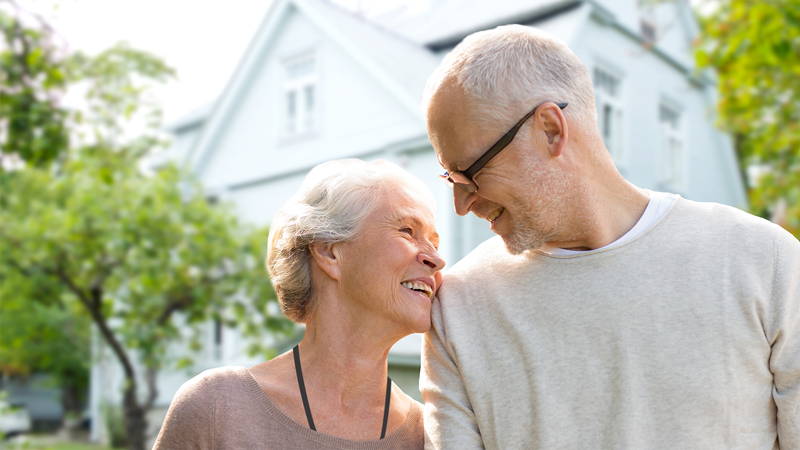According to The New York Times, the senior housing market is changing. This new growth is spurring variety and new design. With the pandemic slowing the senior housing market, due to lower occupancy rates and stalled construction, developers are now adapting to meet the needs and higher expectations of aging Baby Boomers.
While specialized housing for aging adults has been around for decades, “shifting demographics are forcing the industry to diversify more rapidly across rates and services, yielding increasingly lavish residences for upper-income Americans as well as a growing number of affordable housing models,” according to the article.
While some developers are including wellness spas, restaurants, and hotel amenities, nontraditional models are also surfacing, which include housing that focuses on
-
multigenerational living
-
rental homes featuring open, green space, and
-
community-based solutions to help eliminate isolation.
Like other industries, senior housing has been changed by the pandemic, but one feature remains: Safety concerns take top priority.

